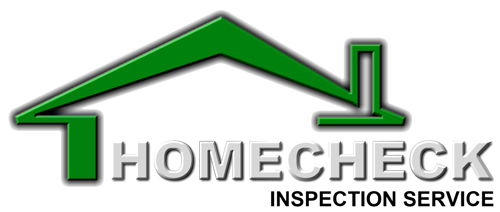The purpose of a sewer scope inspection is to identify common issues in the sewer line, such as:
- Roots in the line
- Partial blockage
- Low spot
- Shifting/settling pipes
- Damaged pipes
These are problems that may go unnoticed for some time, due to waste passing through the problem areas…until it can’t. The national average to replace a sewer line is $4,000. And this cost may be much higher if the sewer backs up into the home.
The only way to detect these problems is through a sewer scope inspection. A sewer scope involves inserting a camera into the sewer line to visually inspect the lateral sewer line from the house to the municipal system or septic system.

The scope of any sewer scope inspection is to document problems in the main sewer line from the main clean out or, if the main clean out is inaccessible, from the main plumbing vent on the roof, to the street or septic tank.
Yes, a home with a septic system, even a septic tank that was recently pumped, should have a sewer scope inspection. Pumping a septic tank does not include an inspection of the sewer lateral.
The sewer scope inspection findings are documented with a video of the sewer scope. This is a non-destructive test, and like our other inspections, is intended to provide a visual snapshot of this system on the day of the inspection.
How Often Should A Sewer Scope be Performed?
Maintaining your home’s sewer system is crucial to prevent costly repairs and disruptions. A sewer scope inspection is a valuable tool for identifying issues early on, but how often should you schedule this essential service? Here are the recommended time frames of when you should hire a professional to perform a sewer scope inspection.
Newer Homes (Every 5-10 Years):
For relatively new homes with modern plumbing systems, it’s advisable to have a sewer scope inspection every 5 to 10 years, as a preventive measure.
Older Homes (Every 1-2 Years):
Older homes with aging plumbing systems are more susceptible to issues like tree root intrusion, pipe corrosion, and blockages. In such cases, having an inspection every 1 to 2 years is advisable.
Tree-Lined Properties (Every 1-2 Years):
Properties with numerous trees, especially large ones with extensive root systems, should consider more frequent inspections (every 1 to 2 years), due to the increased risk of root intrusion.
Previous Issues (As Needed):
If you’ve experienced sewer line problems or repairs in the past, schedule inspections as needed to ensure issues don’t recur.
Signs of Trouble (Immediately):
If you notice any signs of sewer line issues, such as slow drains, gurgling noises, sewage odors, or recurring blockages, don’t hesitate—get a sewer scope inspection as soon as possible.
Property Purchase (As Part of Inspection):
When buying a property, include a sewer scope inspection as part of your home inspection process to uncover hidden issues. Even new construction can have sewer line defects, such as a crushed lateral line, or a line that was not connected to the city sewer.
Regular sewer scope inspections are essential for maintaining a healthy sewer system and preventing costly repairs. By following these guidelines and scheduling inspections as recommended, you can ensure that your sewer system remains in top condition, providing you with peace of mind and avoiding potential headaches down the line.
